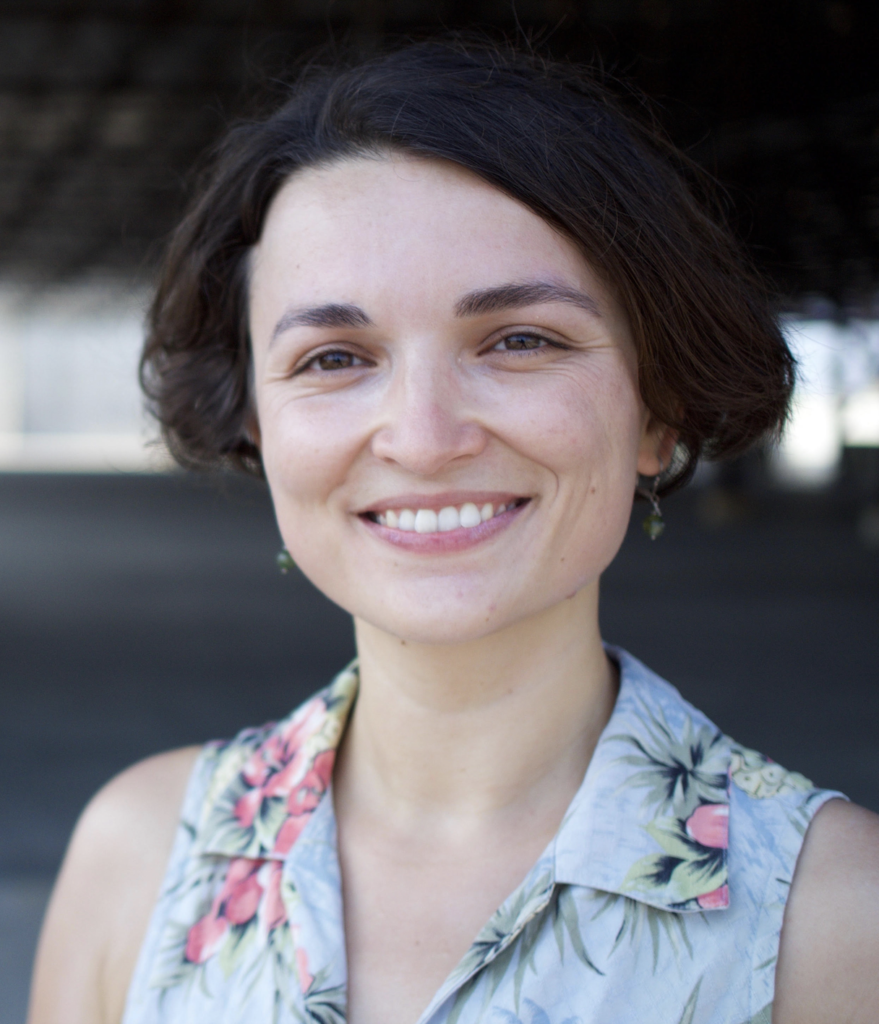
Rational surfaces and locally recoverable codes
Anthony Várilly-Alvarado– Rice University
Motivated by large-scale storage problems around data loss, a budding branch of coding theory has surfaced in the last decade or so, centered around locally recoverable codes. These codes have the property that individual symbols in a codeword are functions of other symbols in the same word. If a symbol is lost (as opposed to corrupted), it can be recomputed, and hence a code word can be repaired. Algebraic geometry has a role to play in the design of codes with locality properties. In this talk I will explain how to use algebraic surfaces to both reinterpret constructions of optimal codes already found in the literature, and to find new locally recoverable codes, many of which are optimal (in a suitable sense). This is joint work with Cecília Salgado and Felipe Voloch.




